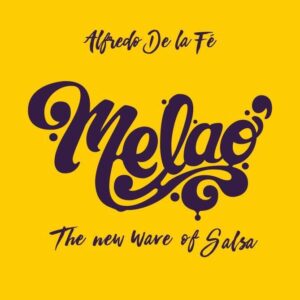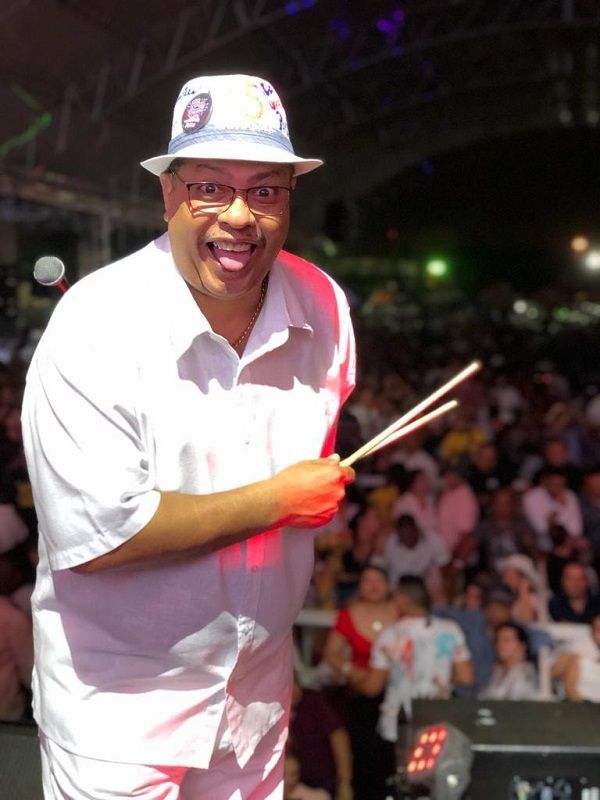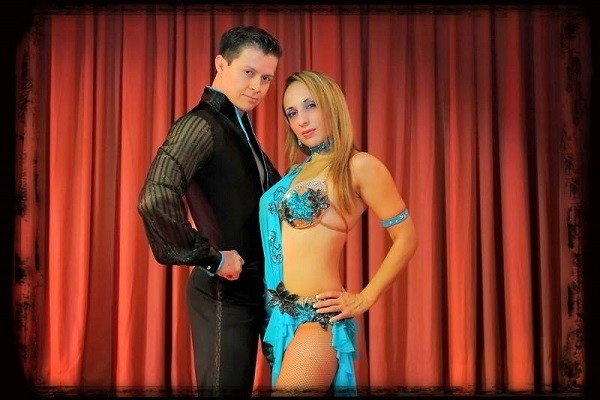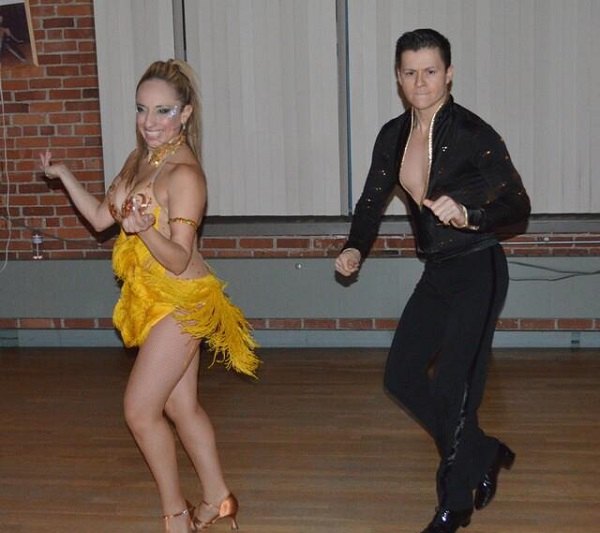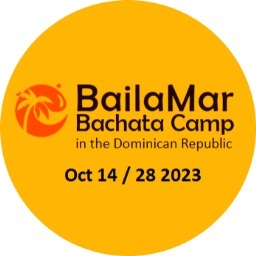Latin America/ Colombia/ Cali
Alfredo de la Fe is a Cuban-American violinist based in New York, who also lives in Colombia.
He is responsible for transforming the violin into a sound much more suitable for Salsa and Latin music, as well as having manufactured and patented his own violin. De la Fe began studying the violin at the Amadeo Roldán Conservatory in Havana in 1962.
Two years later, he receives a scholarship to enter the Warsaw Conservatory, in Poland.
In 1965, he soloed compositions by Mendelssohn and Tchaikovsky with the Metropolitan Opera Orchestra at Carnegie Hall.
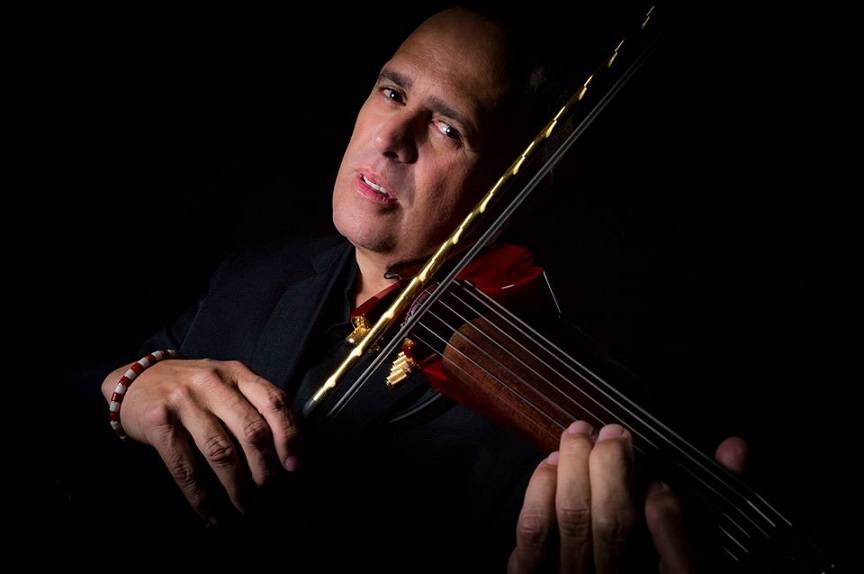
A scholarship at Juilliard opened new doors for him. De la Fe began his professional career, at the age of twelve, when he switched from classical music to Salsa, and accepted an invitation to join charanga legend José Fajardo’s Orchestra.
In 1972, he joined the Eddie Palmieri orchestra. He was a member of the group for a very short period, temporarily moving to San Francisco, where he met Santana. Returning to New York, De la Fe joined Típica ’73 in 1977. Two years later, he released his debut solo album, Alfredo.
In 1980, De la Fe signed with the Fania All-Stars, and produced thirty-two albums for Fania Records. His second solo album, Charanga ’80, was released in the same year.
In 1981, De la Fe became musical director of Tito Puente’s Latin Percussion Jazz Ensemble.
The following year, he confirmed his solo career, signing with Taboga, for whom he recorded the album Triunfo. He settled in Colombia in 1983, and signed with Philips; As a result of this, he released three albums: Made in Colombia, Dancing in the Tropics and Alfredo de la Fe Vallenato, at the end of the 80s.
In 1989, De la Fe signed with Discos Fuentes. Although he was one of the members of the Fania All-Stars for 1995, De la Fe continued his solo career.
He signed with Sony Music in 1997. Two years later, he toured with his own orchestra, appearing at festivals in Denmark, the Netherlands, France, Turkey, and Belgium, and reuniting with Eddie Palmieri and his orchestra for a European tour.
In 2002, after several years in Europe, Alfredo moved back to New York and visited the US with his New York band, led by pianist Israel Tanenbaum.
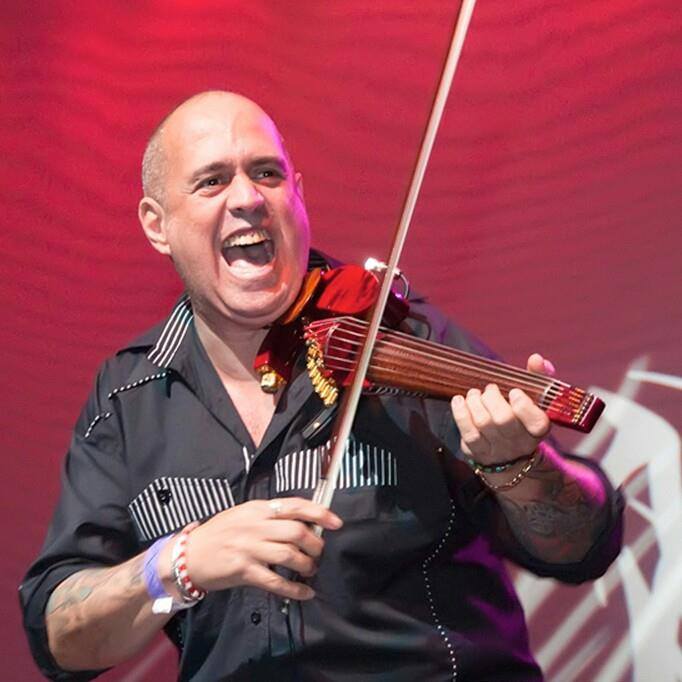
Other musicians including bassist Máximo Rodríguez, percussionists Tony Escapa and Johnny Pequeño Rivero, and autistic Andrea Brachfeld.
Discography Solo albums
- 1979 : “Alfredo”
- 1980 : “Alfredo de la Fe y la charanga 1980”
- 1981 : “Para África con amor”
- 1982 : “Triunfo”
- 1984 : “Made in Colombia”
- 1985 : “Alfredo de la Fe Vallenato”
- 1990 : “Salsa”
- 1990 : “Los violines de Alfredo de la Fe”
- 1992: “Los violines de Alfredo de la Fe vol. 2: Sentir de Cuba”.
- 1993 : “Con toda la salsa Alfredo de la Fe”
- 1995 : “La salsa de los dioses”
- 2000 : “Latitudes”
- 2006 : “Alfredo de la Fe y Fruko (La Llave de Oro)”

Session Artist and Collaborations:
-
- 1973 : “The Sun de música latina” por Eddie Palmieri & Amigos Con Lalo Rodríguez
- 1976 : “De ti depende” por Héctor Lavoe
- 1977 : “Selecciones clásicas” por José Fajardo
- 1977 : “El Baquine de Angelitos Negros” por Willie Colón
- 1978 : “Comedia” por Héctor Lavoe
- 1979 : “Típica 73 en Cuba – Intercambio cultural” por Típica 73
- 1979 : ” Necesito tú” por Sylvester
- 1980 : “Charangueando con la Típica 73” por Típica 73
- 1980 : “Señor Charanga” por José Fajardo
- 1982 : “Encima Broadway” por Tito Puento
- 1997 : “Bravo” por Fania Todo-Estrellas
- 2001 : “Diferente” por José Alberto (El Canario)
